Over the last 12 months you’ve probably heard of gelatine. It’s been hailed loudly - and rightly so - for it’s gut-healing properties. Gelatine is found in nutrient-dense foods like bone broth and more excitingly can be used to make healthy lollies - or gummies.
However, have you heard of it’s equally important and vital brother, collagen?
Collagen is the most important protein in connective tissue, skin, and bones; you actually have more collagen in your body than any other type of protein. As you age, your body produces less and lower-quality collagen. Degradation or lack of collagen can cause problems from skin wrinkles to osteoporosis. Developing research in the field of the microbiome - that is your gut - also suggests that collagen and glycine-rich foods (fish, meat, dairy, spinach and cauliflower and more) play a vital role in healing and sealing your intestinal wall for fixing leaky gut. The implications of this are huge! Poor gut health has been linked to autoimmune conditions, stress resilience, food allergies or intolerance's, your mental health and your ability to gain or lose weight.
In food, collagen is found mostly in the “odd bits” and tougher cuts of beef that contain a lot of connective tissue. You might recognise these as the parts of the animals that our ancestors would’ve eaten out of necessity, but we typically throw away today as we have favoured lean cuts of chicken or fish for the past 20 to 30 years.
Gelatine comes into the picture because people rarely eat skin and tendons raw; they cook them. The cooking of collagen transforms it into gelatine – it’s the way we can eat the beneficial amino acids in the collagen without having to sit down to a lovely plate of raw joints and connective tissue. But hey, if you wanted to eat a raw beast you’ve hunted and gathered yourself, go nuts it's impressive. Be sure to instagram #paleo it while you’re at it :)
The benefits of collagen
It’s great for your skin and hair. Remember the booming collagen filler industry of the 90s and 2000s? Beauticians have known for a long time that collagen increases hair and nail growth and strength. It also increases skin elasticity.
It’s a complete protein. Consuming collagen provides your body with all the essential amino acids it needs. Essential means we cannot make these amino acids ourselves, we have to get them from our foods.
Some evidence suggests collagen and gelatine supplements help with the symptoms arthritis and osteoporosis.
Collagen and gelatine improve intestinal permeability to restore the normal mucousal layer in your gut.
Collagen and gelatine may help normalise gut hormones and satiety cues in overweight or obese people.
Collagen (and gelatine) promote a healthy Omega 3:6 ratio - thus lowering inflammation. Muscle meat and tissue meat in healthy animals have vastly different Omega profiles. Muscle meat such as chicken breast are far higher in Omega 6s than organ or tissue meat such as knuckles, liver, heart, shanks, marrow and shin meat. Eating only muscle meat is not how we are biologically designed to consume animal protein. We need all of the animal to reduce inflammation while promoting health and vitality.
It’s a cheap form of protein. Foods rich in gelatine and collagen are often the “throw away” parts of the animal and are therefore significantly cheaper than the more fashionable cuts of meat.
How can we get it?
Collagen hydrolysate is collagen extracted from connective joints and tissues and put through an intensive form of processing - or hydrolysis - to extract pure powdered collagen. It’s convenient and easy because it can be added, tastelessly, into drinks, smoothies and soups. Similar to gelatine but it doesn’t cause the liquid to thicken, gel or set. Super handy for smoothies.
You can buy collagen hydrolysate on iherb. As always, we recommend including collagen and gelatine-rich foods such as bone broth, meat cooked on the bone and knuckle bones alongside dietary supplements.
Recipe: Collagen Banana Whip
Makes 3 big serves or 4 smaller ones
This recipe is delicious and tastes like berry banana ice cream with a soft serve consistency. It’s simple to make and is a wonderful vessel for hiding healthy fats like avocado or even frozen vegetables if your little (or older) ones are a bit discerning!
Ingredients
- 2 frozen bananas
- 1 cup frozen berries
- ½ an avocado
- 2 Tablespoons coconut cream
- 4 Tablespoons collagen hydrolysate
- Place all the ingredients in a food processor and blend until smooth. You may need to stop a few times and scrape the sides to get an even consistency.
- You can top with whatever extras you fancy such as coconut, chopped nuts and cacao nibs.
- Any leftovers can be frozen in a sealed container for up to 3 months.
Thanks, we hope you enjoyed the read! From Team Feel Fresh Nutrition.
Use this link if you want to know more about our other services.
Read our testimonials page to see what our clients say about Feel Fresh Nutrition!
Want to read another blog post - click here to head back to the start : )


